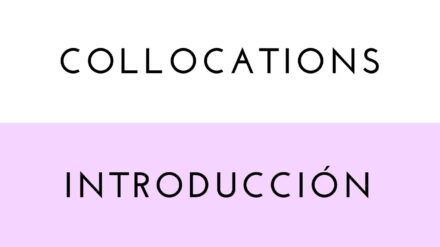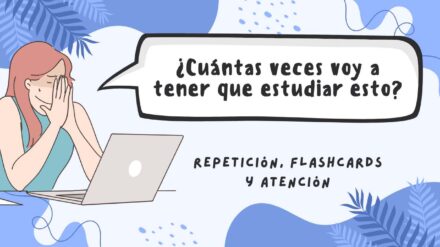Los phrasal verbs son un aspecto muy particular del inglés y que frecuentemente causa confusión entre las personas que están aprendiendo este idioma.
Son verbos compuestos con significado propio que se forman combinando un verbo con preposiciones o adverbios. Esto da como resultado nuevos verbos con un significado muy distinto al que nos da el diccionario para los verbos individuales.
I’m off! I want to get home early.
Get = To arrive.
My cat and my new puppy are finally getting on well.
Get + on = Have a good relationship.
Los phrasal verbs se usan mucho tanto en el inglés escrito como en el hablado. Además, un mismo phrasal verb puede tener varios significados.
Come along with me to the town beside the sea.
Come + along = To accompany.
How is the patient coming along after the operation?
Come + along = To progress.
Tipos de Phrasal Verbs
Podemos clasificarlos en dos categorías:
Intrasitivos, lo que significa que no pueden ir seguidos de un objeto.
The child ran away from his kidnappers.
I fell about when she put salt in her chocolate milkshake instead of sugar.
Transitivos, que sí pueden ir seguidos por un objeto o complemento.
She put the book back on the shelf after reading it.
“The book” is the object.
We should call on my brother when we arrive in Rome.
“My Brother” is the object.
Si os fijáis bien en los dos ejemplos anteriores, a los transitivos podemos dividirlos a su vez en separable se inseparables, de manera que en los separables el objeto se coloca entre el verbo y la preposición o adverbio, mientras que en los inseparables se coloca después del phrasal verb.
Aquí tenéis más ejemplos:
Have you noticed that she takes after her mother? – Inseparable.
John ran into his boss at the concert last weekend. – Inseparable.
My parents didn’t want to let me go to the party, but I finally managed to talk them into it. – Separable.
I tried the T-shirt on before I bought it. – Separable.
Algunos de los transitivos pueden llevar el objeto de las dos formas anteriores, como el último de los anteriores ejemplos:
I tried the T-shirt on before I bought it.
I tried on the T-shirt before I bought it.
Aunque muchos phrasal verbs pueden llevar el objeto en ambos lugares, si el objeto es un pronombre, éste debe colocarse entre el verbo y la preposición o adverbio.
I tried the T-shirt on before I bought it.✓
I tried on the T-shirt before I bought it.✓
I tried on it before I bought it. x
I tried it on before I bought it.✓
En conclusión, debido a la gran cantidad phrasal verbs que existen, la mejor forma de aprenderlos es utilizándolos. Olvidaos de memorizar largas y aburridas listas. Os recomiendo que sigáis las Flashcards que encontraréis en el apartado phrasal verbs de la Web.




